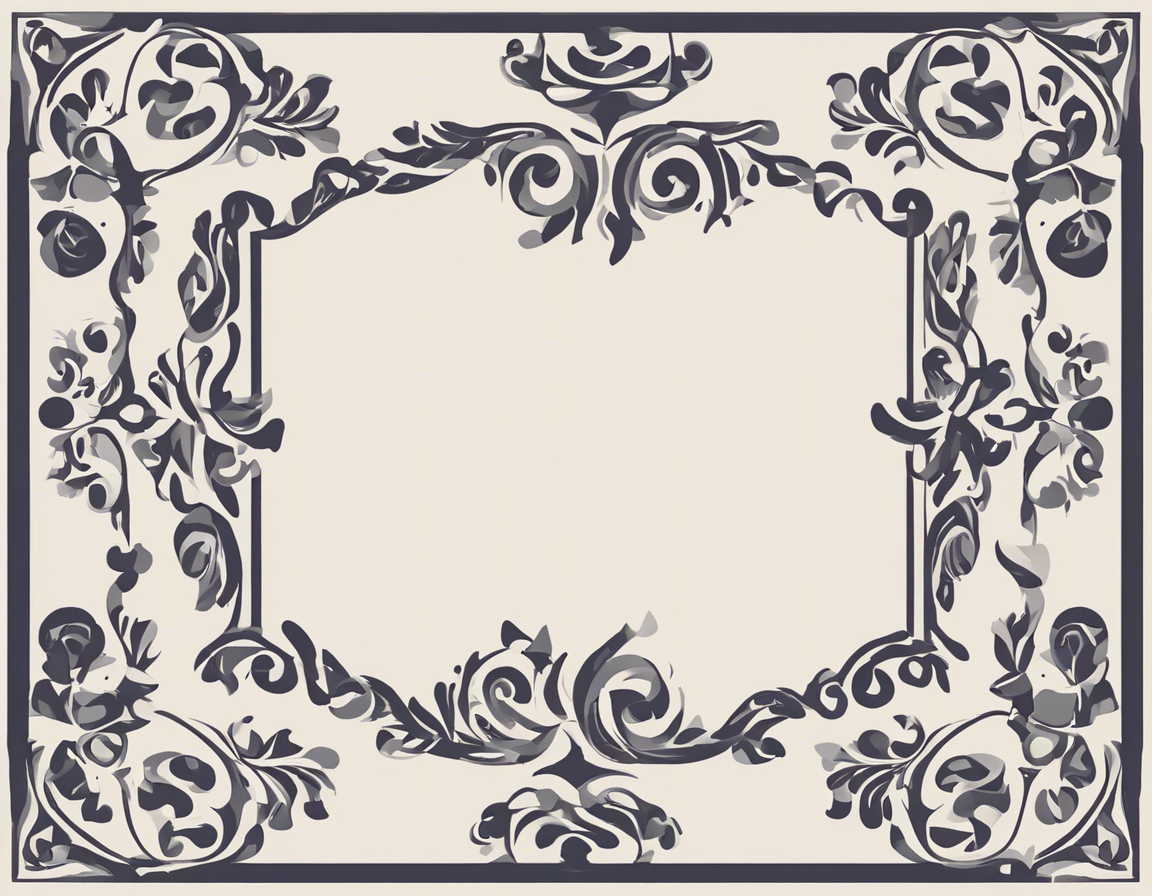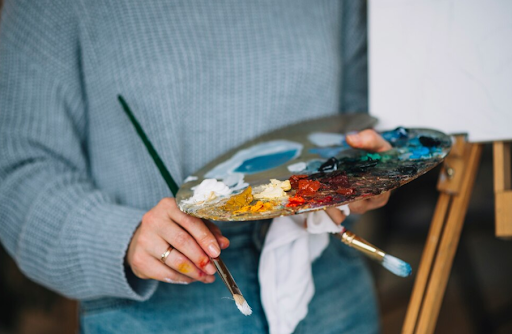
When it comes to home decor, adding a border design to your walls can create a unique and personalized touch to any room. Whether you prefer a simple and sleek look or a bold and vibrant style, there are endless possibilities for implementing DIY border designs in your home. From painting techniques to using different materials, here are some creative ideas to inspire you to enhance your living space with distinctive borders.
Choosing the Right Border Design:
Before diving into the DIY process, it’s essential to consider the style and ambiance of the room you are decorating. Decide whether you want the border to be a subtle accent or a focal point in the room. Additionally, take into account the color scheme and existing decor to ensure the border design complements the overall aesthetic.
Types of Border Designs:
- Painter’s Tape Patterns:
-
Use painter’s tape to create geometric shapes or stripes on your walls. Paint in between the taped lines, let it dry, then remove the tape to reveal clean and crisp borders.
-
Stenciled Borders:
-
Stencils are a versatile option for creating intricate designs. Choose a stencil that fits your style, secure it to the wall, and paint over it to achieve a professional-looking border.
-
Washi Tape Borders:
-
Washi tape comes in a variety of colors and patterns, making it an excellent choice for temporary borders. Create a border using different tape widths and designs for a playful and customizable look.
-
Wallpaper Borders:
-
If you have leftover wallpaper or find a pattern you love, consider using it to create a border. Cut the wallpaper into strips and adhere them to the wall for a cohesive and polished finish.
-
Molding Borders:
- Enhance the architectural details of your space by adding crown molding or chair rail molding as a decorative border. Paint the molding to match the walls for a seamless transition.
Tools and Materials Needed:
- Painter’s tape
- Paint brushes or foam rollers
- Stencils
- Washi tape
- Wallpaper
- Molding
- Paint in desired colors
- Paint trays
- Measuring tape and level
Step-by-Step Guide to DIY Border Designs:
- Prepare the Surface:
-
Clean the wall surface and ensure it is smooth and free of any imperfections before starting the project.
-
Measure and Mark:
-
Use a measuring tape and level to mark the desired height and width of the border on the wall.
-
Choose Design Technique:
-
Select the method you want to use for creating the border design, whether it’s painting, stenciling, using tape, wallpaper, or molding.
-
Apply the Border:
-
Follow the specific instructions for your chosen technique. Whether painting, taping, or applying wallpaper, take your time to ensure clean lines and precise edges.
-
Accessorize:
- Once the border is complete, consider adding complementary decor elements such as wall art, mirrors, or shelving to further enhance the design.
Maintenance and Care Tips:
- To prolong the longevity of your DIY border design, avoid using harsh cleaning chemicals that may damage the borders.
- Touch up any chips or scuffs with matching paint to keep the borders looking fresh.
- Regularly dust or wipe down the borders to prevent dust buildup and maintain their appearance.
Frequently Asked Questions (FAQs):
- Can I use multiple border designs in the same room?
-
Yes, you can mix and match different border designs as long as they complement each other and enhance the overall decor of the room.
-
How do I remove painter’s tape without damaging the paint?
-
To prevent any damage, gently peel off the painter’s tape at a 45-degree angle while the paint is still slightly damp.
-
Is it necessary to use a primer before applying a border design?
-
Using a primer can help the paint adhere better to the wall and ensure a more professional finish, especially if the wall surface is uneven or has previous damage.
-
Can I create a border design on textured walls?
-
Yes, you can create border designs on textured walls, but using stencils or painter’s tape may be more challenging. Consider using molding or wallpaper for a smoother application.
-
How can I make a small room appear larger with a border design?
- Opt for a border design that draws the eye upwards, such as vertical stripes or a border near the ceiling, to create the illusion of higher ceilings and make the room feel more spacious.
In conclusion, adding a DIY border design to your walls can elevate the style and personality of any room in your home. Whether you prefer a subtle accent or a bold statement, there are numerous techniques and materials to choose from. With a little creativity and effort, you can transform your living space into a visually stunning and unique environment that reflects your personal taste and style.







